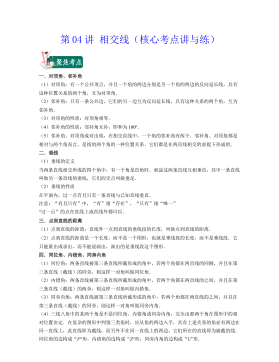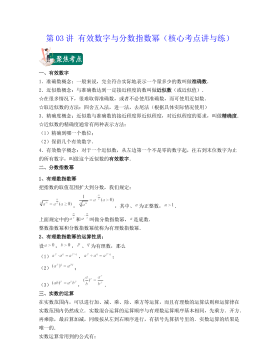人民币汇率、对外贸易以及就业增长--基于2005年汇率改革的结构性突变检验
浙江财经学院硕士学位论文II摘要自从2005年7月汇率改革以来,人民币持续升值,累计升值幅度已经达到20%以上。人民币的升值会提高出口产品的价格,降低出口企业的利润,降低出口企业对劳动力的需求。但是汇改以后,我国的就业增长并没有出现显著得下降。本文主要考察了2005年7月的汇率改革是否促使人民币汇率与就业增长的关系发生了结构性的突变,并对汇改以后人民币汇率变化对就业增长的具体效应进行进一步得实证分析。在理论分析上,本文从对外贸易渠道来分析了汇率变动对就业增长的影响。汇率变动通过作用于对外贸易进而影响就业的路径主要有:资源优化配置路径、技术进步路径、总需求路径、劳动力需求弹性路径。在实证分析中,...
相关推荐
-
10KV电网D-SCADA 系统信息采集与故障诊断研究与设计VIP免费

 2024-10-14 20
2024-10-14 20 -
方形吸顶散流器平送风等温射流特性研究VIP免费

 2025-01-09 6
2025-01-09 6 -
关于充液声导波传感器中频散兰姆波的研究VIP免费

 2025-01-09 6
2025-01-09 6 -
结合梁斜拉桥施工过程中考虑剪力滞影响的分析方法VIP免费

 2025-01-09 6
2025-01-09 6 -
空调房间热舒适性的数值模拟与实验研究VIP免费

 2025-01-09 7
2025-01-09 7 -
汽车前轮线控转向系统研究VIP免费

 2025-01-09 8
2025-01-09 8 -
输入分配型混合动力车辆动力系统控制策略研究VIP免费

 2025-01-09 7
2025-01-09 7 -
双馈风力发电系统的柔性并网控制研VIP免费

 2025-01-09 8
2025-01-09 8 -
污水处理厂污泥好氧堆肥发酵技术的试验研究VIP免费

 2025-01-09 7
2025-01-09 7 -
应用风室试验装置的风机性能VIP免费

 2025-01-09 8
2025-01-09 8
作者详情
相关内容
-

汽车前轮线控转向系统研究
分类:高等教育资料
时间:2025-01-09
标签:无
格式:PDF
价格:15 积分
-

输入分配型混合动力车辆动力系统控制策略研究
分类:高等教育资料
时间:2025-01-09
标签:无
格式:PDF
价格:15 积分
-

双馈风力发电系统的柔性并网控制研
分类:高等教育资料
时间:2025-01-09
标签:无
格式:PDF
价格:15 积分
-

污水处理厂污泥好氧堆肥发酵技术的试验研究
分类:高等教育资料
时间:2025-01-09
标签:无
格式:PDF
价格:15 积分
-

应用风室试验装置的风机性能
分类:高等教育资料
时间:2025-01-09
标签:无
格式:PDF
价格:15 积分






